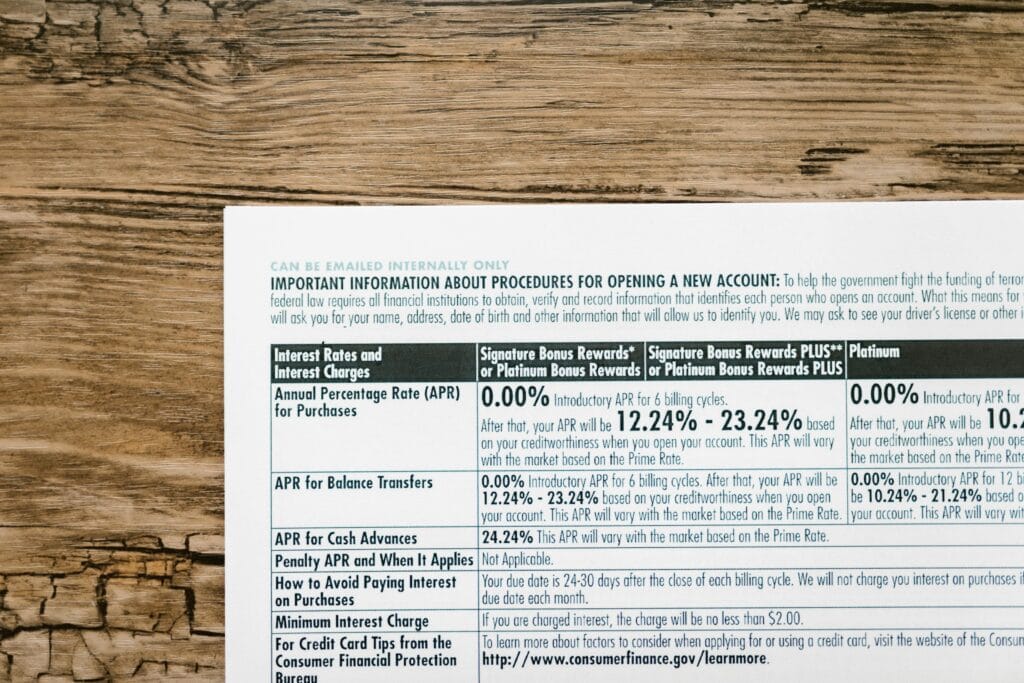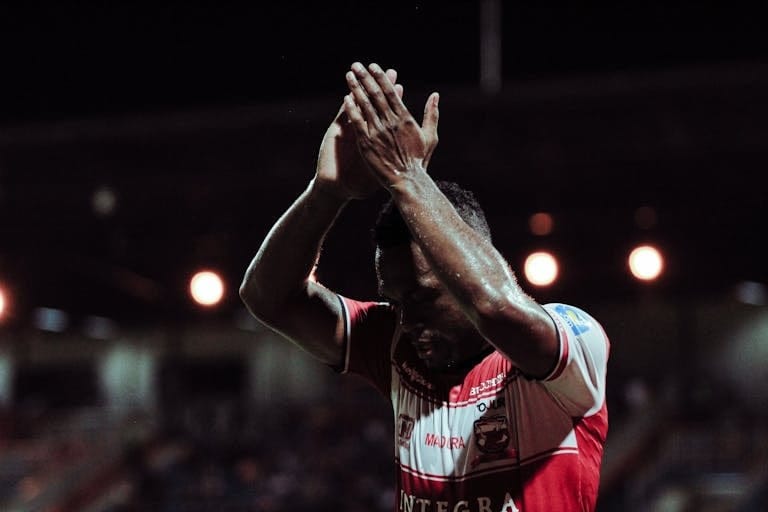5 Common Fees That Eat Into Your NIL Income
Learn how athletes can protect their NIL earnings by identifying and managing common hidden fees, maximizing their financial outcomes.
With NIL (Name, Image, and Likeness) deals, college athletes are earning more than ever before. But what most don’t realize: hidden fees and costs can eat up nearly half their money before they ever see it. Understanding these pitfalls is the key to keeping more of what you earn. Here’s how to spot, manage, and minimize NIL fees—so you keep more of your hard-earned income.
Where Does Your Money Go? Common NIL Fees
- Agent/Management Fees: Agents often take 10–20% off the top.
- Legal Fees: Lawyers charge for reviewing and negotiating contracts—often hundreds or thousands per deal.
- Taxes: NIL money is fully taxable, and if you don’t plan for it, you’ll owe the IRS a big chunk come tax time.
- Branding & Marketing: Photoshoots, website help, and content creation add up quickly.
- Bank & Processing Fees: Payment platforms, banks, or apps may skim a small percentage on every transaction.
Example: How Fast Fees Add Up
Let’s say you sign NIL deals worth $50,000:
- Agent fees (15%) = $7,500
- Taxes (25%) = $12,500
- Legal/marketing fees (5%) = $2,500
That leaves you with just $27,500—almost HALF gone to fees and taxes!
Source: Sports Illustrated – NIL Earnings Breakdown
How to Keep More of Your NIL Income
- Negotiate Agent Fees: Don’t just accept the standard rate. Ask exactly what services you get and if there are any hidden extras. Shop around for agents and compare terms.
- Plan for Taxes Early: Set aside at least 25–35% of every check for taxes. Work with a CPA or advisor who knows athlete income. Don’t wait for tax season—it’ll be too late!
- Budget Branding & Legal Costs: Make a plan for what you’ll spend on social media, websites, or lawyers. Only pay for what adds real value to your brand.
- Watch for Small Fees: Read payment app fine print, and use low-fee payment options when possible.
Case Study: Saving More NIL Money
One college athlete working with Ron McCoy was losing almost half of his NIL earnings to fees and taxes. By negotiating a lower agent fee, planning for taxes every month, and budgeting carefully for branding and legal costs, he was able to keep 80% of his income—money that went toward investments and building real wealth.
Checklist: Keep More NIL Earnings
- Read every contract and know the fees up front.
- Use a trusted advisor and accountant—don’t DIY taxes or money management.
- Track your income and expenses every month so you don’t get surprised by hidden costs.
With smart planning and the right team, you can keep more of every NIL dollar and set yourself up for long-term financial success.







